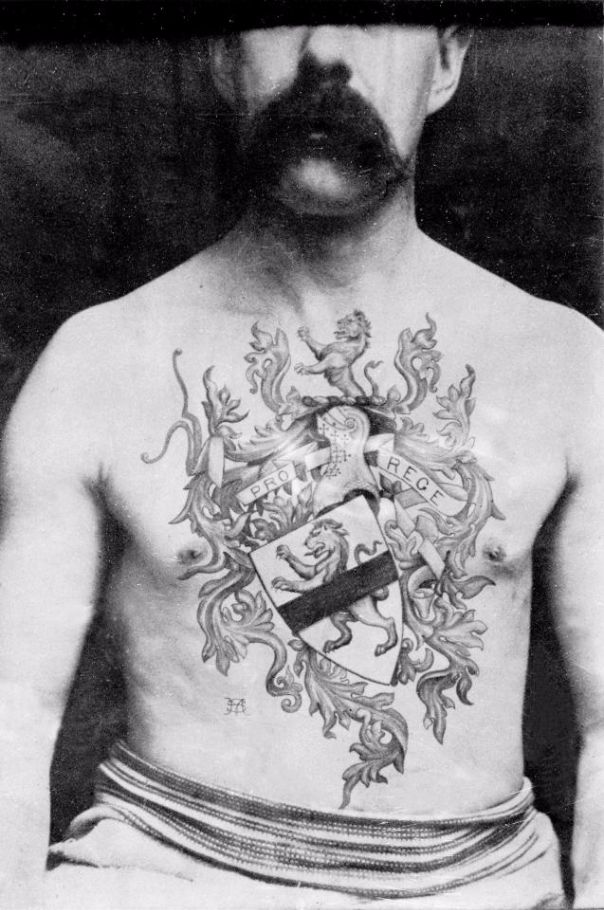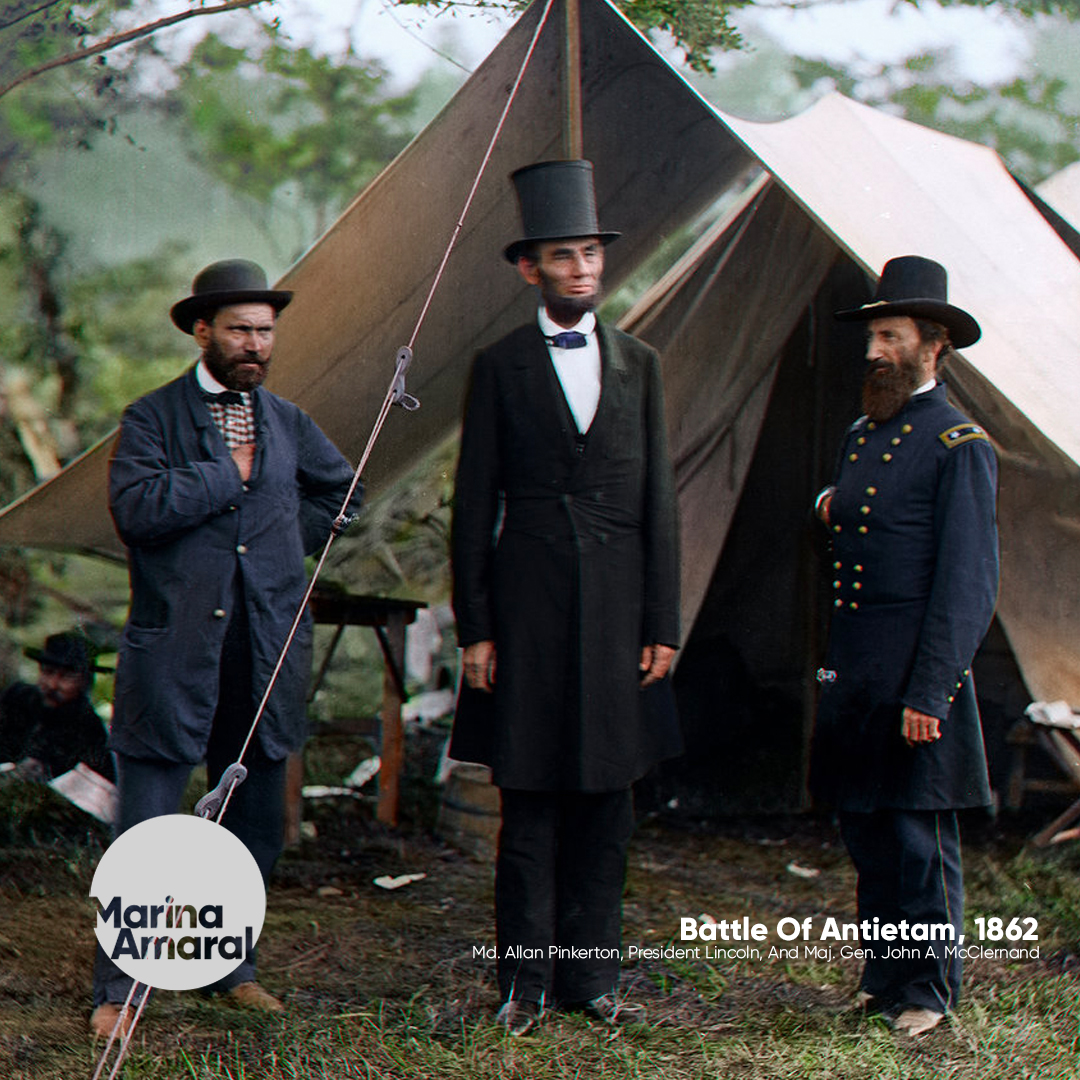
From the Wellcome Collection: During the second half of the 19th century, the belief spread that the phenomenon of 'skin writing' was linked to hysteria. Here a female patient at the Salpêtrière hospital in Paris has had her diagnosis 'dementia praecox' "written" on her back. 



Female hysteria was once a common medical diagnosis for women, which was described as exhibiting a wide array of symptoms, including anxiety, shortness of breath, fainting, nervousness, sexual desire, insomnia, fluid retention, heaviness in the abdomen, irritability...
... loss of appetite for food or sex, (paradoxically) sexually forward behaviour, and a "tendency to cause trouble for others". Its diagnosis and treatment were routine for hundreds of years in Western Europe. 

In extreme cases, the woman may have been forced to enter an insane asylum or to have undergone surgical hysterectomy.
"(...) according to him, sexual deprivation was often the cause of female hysteria. To illustrate this, he presented the case study of a nun affected by hysteria, who became cured only when a well-wishing barber took it upon himself to pleasure her."
medicalnewstoday.com/articles/the-c…
medicalnewstoday.com/articles/the-c…
• • •
Missing some Tweet in this thread? You can try to
force a refresh


















